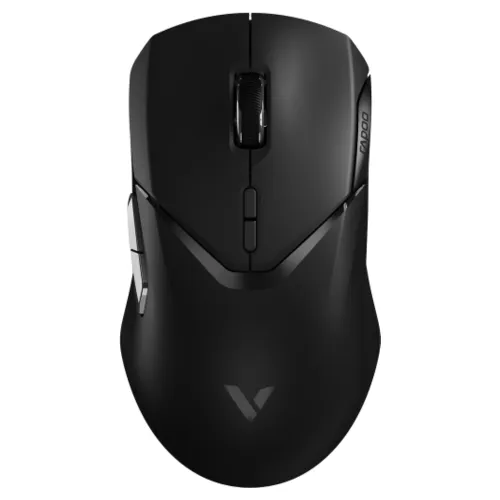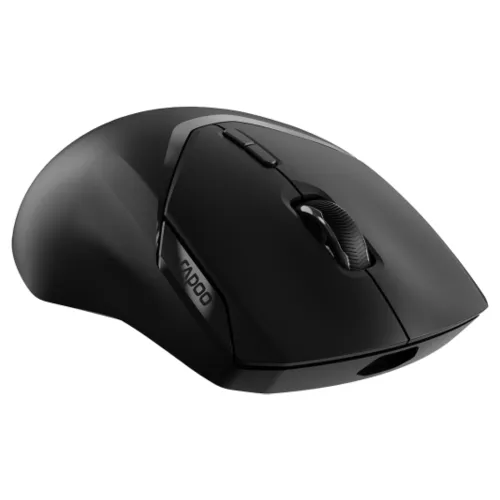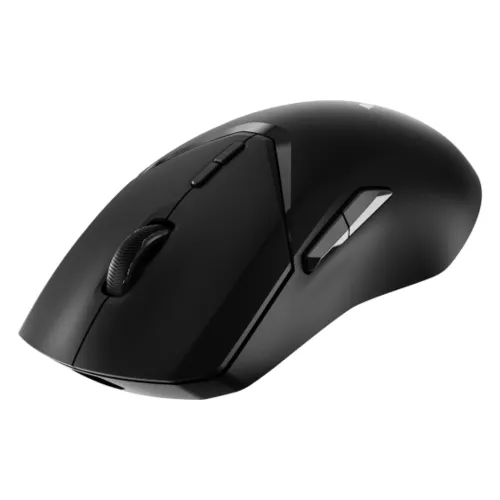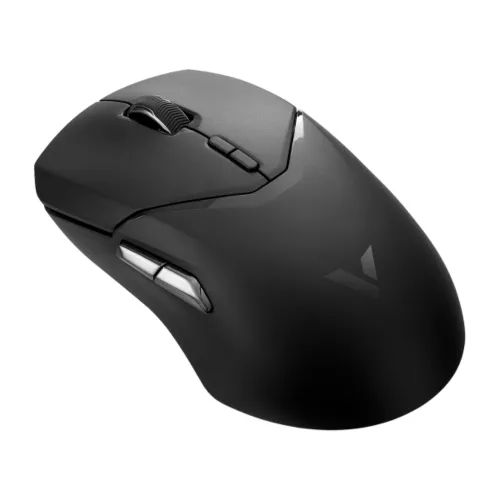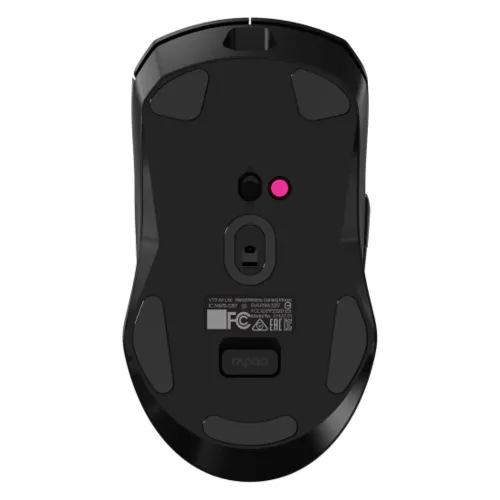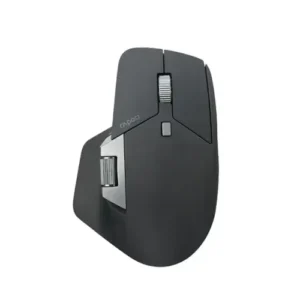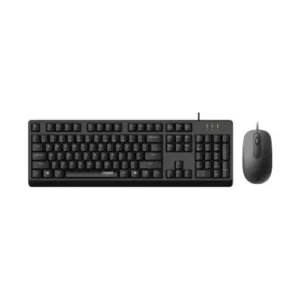Understanding the Specifications and Features
The dual-mode programmable keyboard presents a versatile tool designed to meet the diverse needs of modern users. Central to its appeal are the technical specifications that outline its hierarchical features and functionalities. This keyboard is equipped with a total of 87 keys, which includes a notable 10 programmable keys. These programmable keys enhance user customization, allowing individuals to assign specific functions or macros tailored to their unique workflows. The versatility provided by these keys can significantly improve productivity, particularly for professionals engaged in tasks requiring rapid input or frequent command execution.
One of the standout attributes of this keyboard is its dual-mode connectivity. Users can seamlessly switch between wired and wireless modes, providing flexibility in how they choose to connect to their devices. In wired mode, the keyboard ensures a stable and reliable connection, indispensable for activities that demand low latency, such as gaming or graphic design. Conversely, the wireless connection, achieved via Bluetooth, offers users the freedom to work untethered, enhancing mobility and convenience. This is particularly advantageous for those who favor a clean and uncluttered workspace.
Moreover, the dual-mode programmable keyboard typically features robust build quality, often including mechanical switches that cater to various tactile and auditory preferences. This aspect not only contributes to a more enjoyable typing experience but also aligns with the durability requirements of frequent users. Furthermore, the battery life in wireless mode is optimized, allowing for extended usage without the need for frequent recharges, which adds to customer satisfaction. These highlighted features and specifications paint a compelling picture of a keyboard engineered for customization, flexibility, and user-centric design, distinguishing it within the highly competitive keyboard market.
Connection Types: Wired vs. Wireless
The connection types of a dual-mode programmable keyboard play a pivotal role in determining user experience. Users typically face a choice between wired and wireless connections, each offering unique advantages that cater to different preferences and requirements. Wired connections are renowned for their reliability and performance. They ensure uninterrupted communication between the keyboard and the device, eliminating the risk of connectivity issues, which can be particularly critical during time-sensitive tasks such as gaming or professional writing. Furthermore, wired keyboards do not require batteries, thereby negating concerns over battery life and ensuring that users can maintain a consistent workflow.
On the other hand, the wireless flexibility offered by dual-mode keyboards is appealing for many users, especially those who value mobility and a clutter-free workspace. Wireless connections allow for a greater degree of freedom, enabling users to position their keyboard at a distance from their computing devices without being tethered by cables. This can significantly enhance comfort and ergonomics, particularly in collaborative environments or when using multiple screens. However, wireless keyboards often come with caveats such as potential lag time and the necessity to monitor battery levels, which can interrupt productivity if not managed properly.
Most modern dual-mode programmable keyboards provide an effortless switching mechanism between wired and wireless modes, catering to the diverse needs of users. This feature enhances practicality, allowing users to choose the most suitable connection type for their specific context, whether they are in a stationary office setting or on the go. Ultimately, understanding the implications of each connection type is crucial for users as it directly impacts overall efficiency and usability while utilizing the keyboard in various settings.
